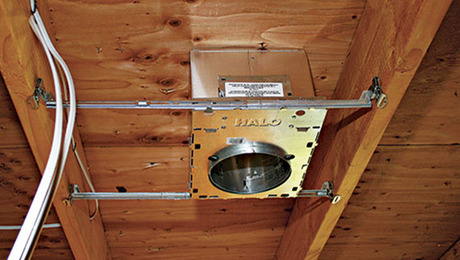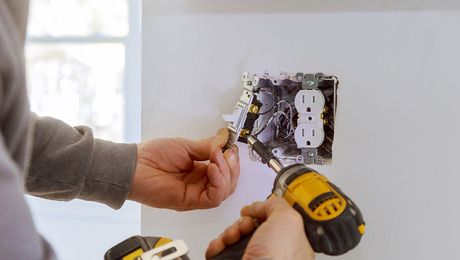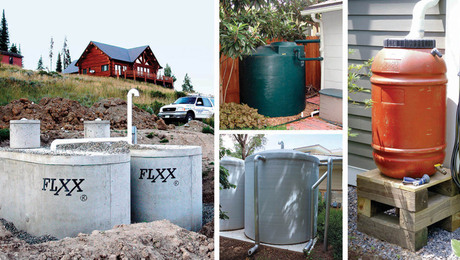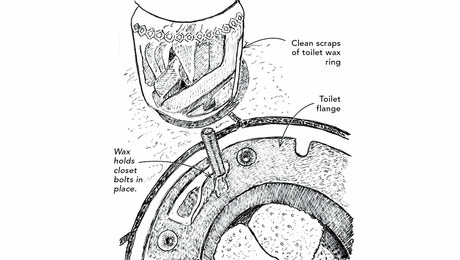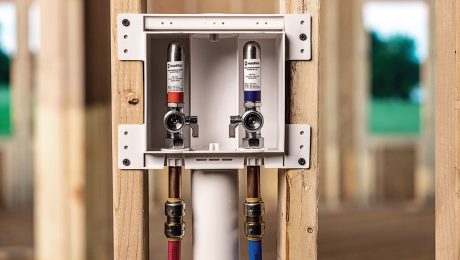Replacing a Water Heater
By making a few simple upgrades, you can triple a basic water heater's life expectancy.
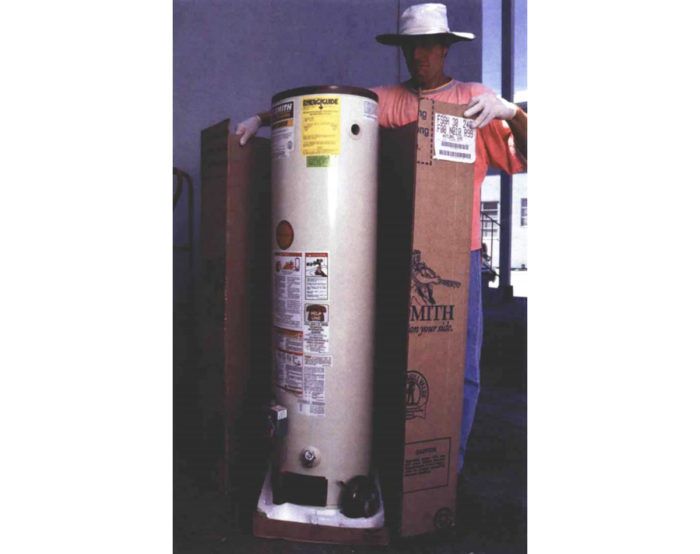
Synopsis: When an old water heater has produced its last hot shower, this article will explain how to replace it with a new one. The author, a plumber who has written two books, takes the process one step at a time, from uncrating the new heater to wiring and plumbing it.
Not many folks give water heaters a second thought. But eventually the moment comes to take a soothing bath or a quick shower, and there’s no hot water. Suddenly, a water heater becomes an important topic.
In his articles on water heaters, Rex Cauldwell explained the differences between gas and electric heaters, from the basic to the new high-tech models. This article, on the other hand, is primarily about the dirty work of replacing one, along with some advice on new installations (if you can replace a water heater, you won’t have any trouble putting in a new one). I’ll concentrate on typical low-budget heaters on these pages. They are called “holding tank” water heaters, and you’ll find one in just about every house in America. Their tanks are made of thin steel (12 ga. at most), and they are typically guaranteed to last five years.
How big, and where should it go?
Most of the residential water heaters that I replace are either 80-gal., 40-gal. or 50-gal. models. Since I’m replacing one, I need to know if the defunct heater was large enough to get the job done. If not, I go to the next size up. For a new installation, a good rule of thumb is that a 50-gal. heater will serve a typical family of four.
In parts of the country where it doesn’t freeze, I think the best place to put a water heater is in a shed attached to the side of the house. If it leaks there, the damage will be minimal. In colder parts of the country, put the water heater in the basement or in a closet. If you choose a closet location, try to put the water heater close to the bathrooms to minimize piping runs. And put a drip pan (also called a Smitty pan) under the heater, with a drain line to the outside.
In a closed room such as a closet, you need to provide a steady supply of combustion air to a gas water heater with vents at both the top and the bottom of the enclosure. The rule of thumb is 1 sq. in. of vent area per 1,000 Btus of input. Inspectors can have differing opinions on this, so be sure to check with your local authority.
I urge you not to put a gas water heater in a garage. Even if it is raised the required 18 in. above the floor, a water heater with an open flame can be a dangerous ignition source in a garage, where gasoline fumes are common.
For more photos and details, click the View PDF button below:









